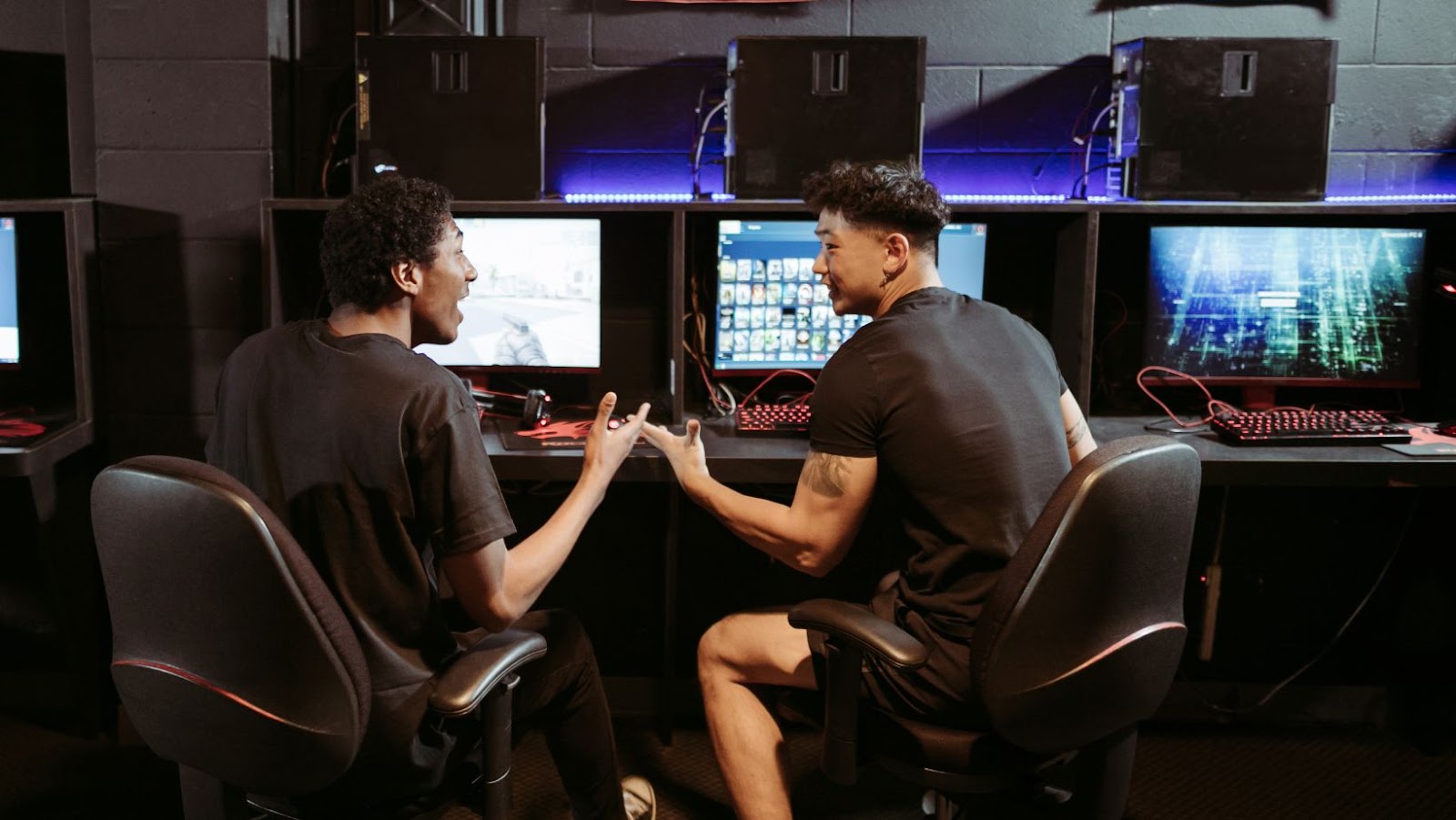Tendance Gaming
The birth of tendance gaming wasn’t an immediate phenomenon but a result of years of technological advancements and creative thinking. Tracing back to the late-1990s, a key turning point lay in the gradual shift towards player-focused narratives and immersive experiences rather than mere high scores and levels.
Over the years, this shift towards experimental gameplay with a distinct emphasis on narrative, character development, and eye-catching visuals started gaining traction. It became a breeding ground for indie developers and AAA studios alike, cultivating an entire subculture dedicated to these innovative gaming styles. This marked the era of tendance gaming, witnessing a surge of games that bore the hallmark of unique narratives, engaging gameplay, and immersive experiences – collectively contributing to the rise of tendance gaming.
Tendance gaming, at its core, is more than just a trend–it’s an evolution of the gaming experience. While defining this genre might appear complex due to its diverse range, there are a few common factors that set tendance games apart.
In essence, tendance games stand out for their emphasis on innovation and creative storytelling. Whether it’s exploring layered narratives, neoteric graphic styles, or intricate gameplay mechanics, these games go beyond traditional boundaries to provide unique experiences.
Furthermore, these games often break from conventional gaming design norms, leveraging technology to enhance player immersion. Be it through virtual reality, augmented reality, or advanced AI designs, tendance gaming pushes the frontier of what’s possible in gaming, thus redefining the very notion of interactive entertainment.
 Key Elements of Tendance Gaming
Key Elements of Tendance Gaming
Tendance Gaming, a transformative force in the entertainment industry, owes its success to various unique elements. Let’s delve into the specifics of these components.
The hallmark of Tendance Gaming lies in its innovative gameplay features. This industry consistently breaks the mold of traditional game design. Examples include advanced AI systems improving non-player character (NPC) interactions, and virtual reality tools enhancing player immersion. With dynamic gameplay mechanics, developers in the realm of Tendance Gaming push the envelope of what’s considered possible in digital interaction. Augmented reality gaming, an offshoot of tendance gaming, provides a real-world environment overlaid with computer-generated perceptual information, creating a brand-new layer of experience.
Tendance gaming offers more than just novel gameplay, it also fosters unique community engagement. Instead of isolating players, the social aspect of Tendance Gaming encourages interaction and collaboration. Forums, chatrooms, and in-game communication tools let players exchange tips, share experiences, and build relationships. A prime example is the rise of cooperative multiplayer online games. Here, players connect in a shared digital space to form alliances, compete, and tackle challenges together. This element transforms gaming from a solitary pursuit into a community-oriented activity, an integral part of Tendance Gaming’s appeal.
 Impact of Tendance Gaming on the Industry
Impact of Tendance Gaming on the Industry
Tendance gaming serves as the wind of change in the gaming industry’s sails, responsible for an essential evolution in how studios create games and the economic repercussions for those involved.
Competing in today’s gaming industry requires a keen attention to the shifts catalyzed by tendance gaming. A shift is noticeable, for example, in the changing focus towards gamers’ experiences. Interactive narratives, vast open-world environments, and advanced artificial intelligence aid in creating engaging storylines, thereby creating an immersive and customized experience. Examples include games like “Red Dead Redemption 2” and “Detroit: Become Human,” both known for their intricate stories and immersive gameplay, thanks to AI.
Additionally, the rising popularity of VR tools has influenced developers to consider VR compatibility in the initial stages of game development. Noteworthy games such as “Half-Life: Alyx” and “Boneworks,” have set a new bar for VR gaming, compelling many studios to rethink their development strategies.
Tendance gaming’s emphasis on novelty and creating immersive experiences has associated costs, leading to notable economic implications for developers and studios. These include high production costs and longer development cycles due to the need for innovative tech, sophisticated graphics, and advanced AI components.
For instance, the development cost of “Grand Theft Auto V,” renowned for its innovative gameplay and high-end graphics, reportedly soared to approximately $265 million. However, it’s important to note that these investments can deliver significant returns, given the game’s unprecedented success – it sold over 110 million copies worldwide.